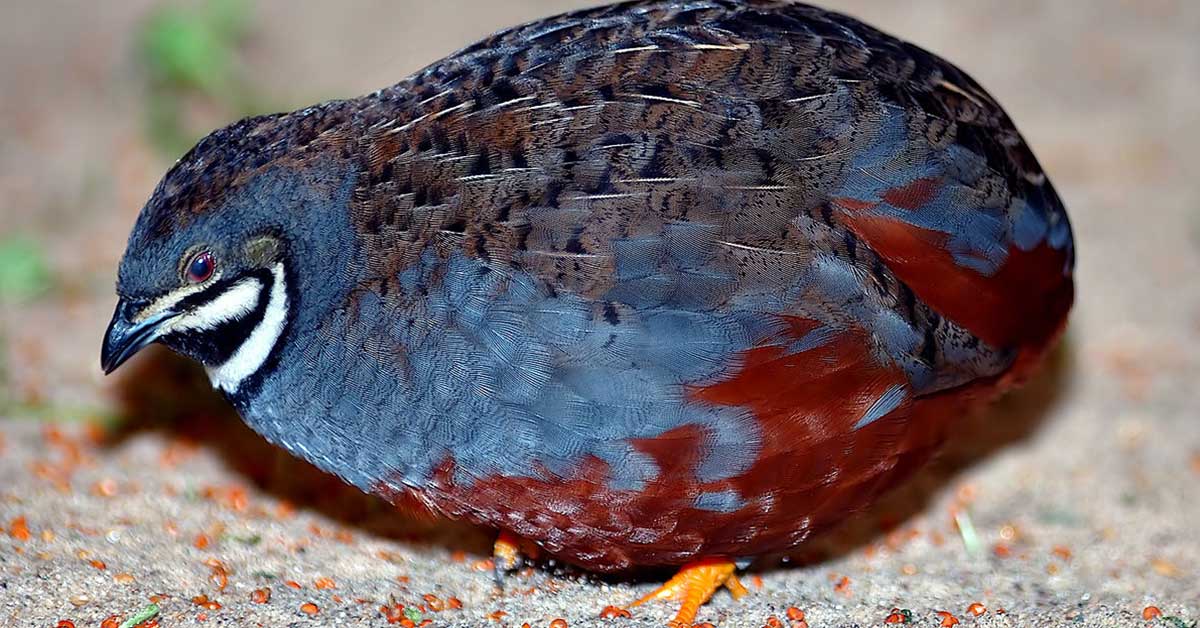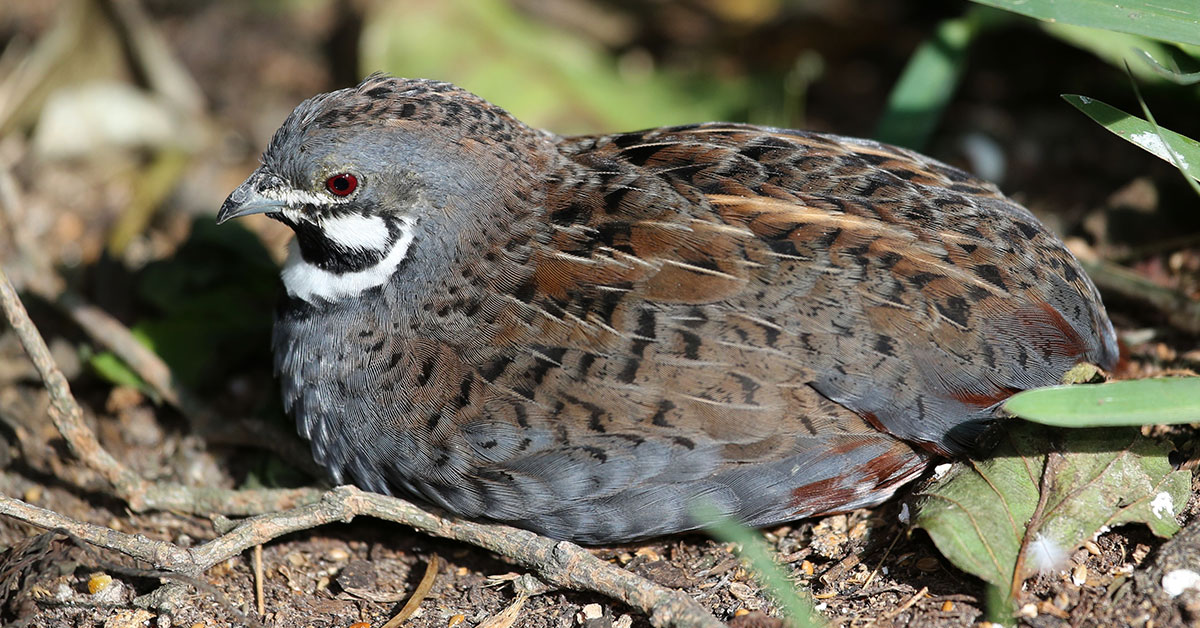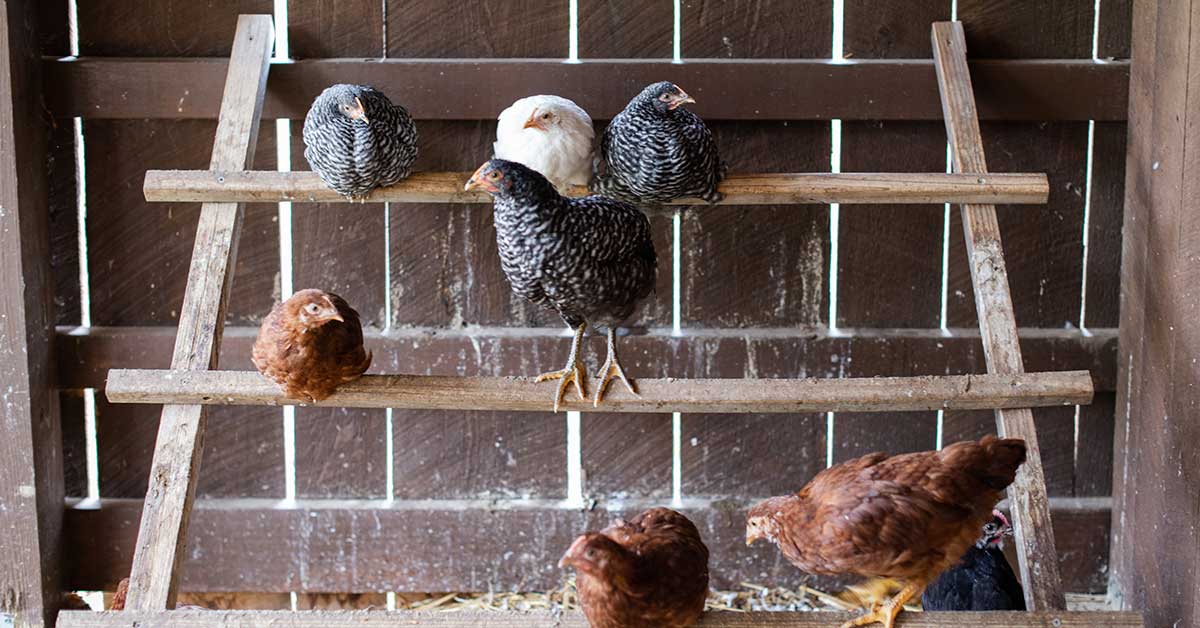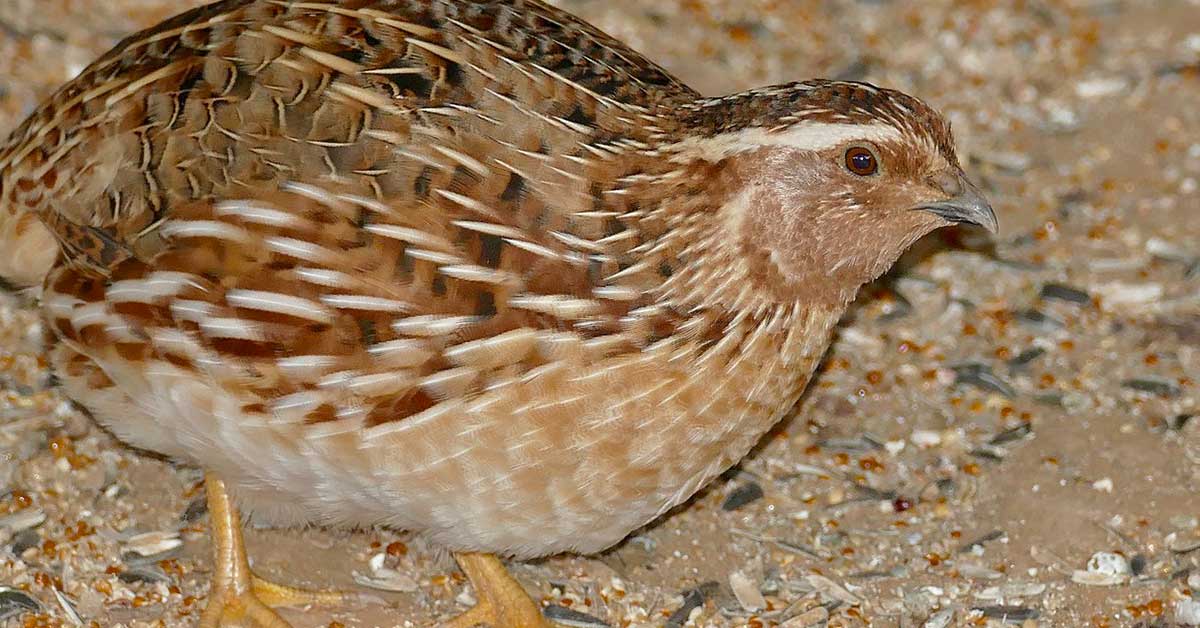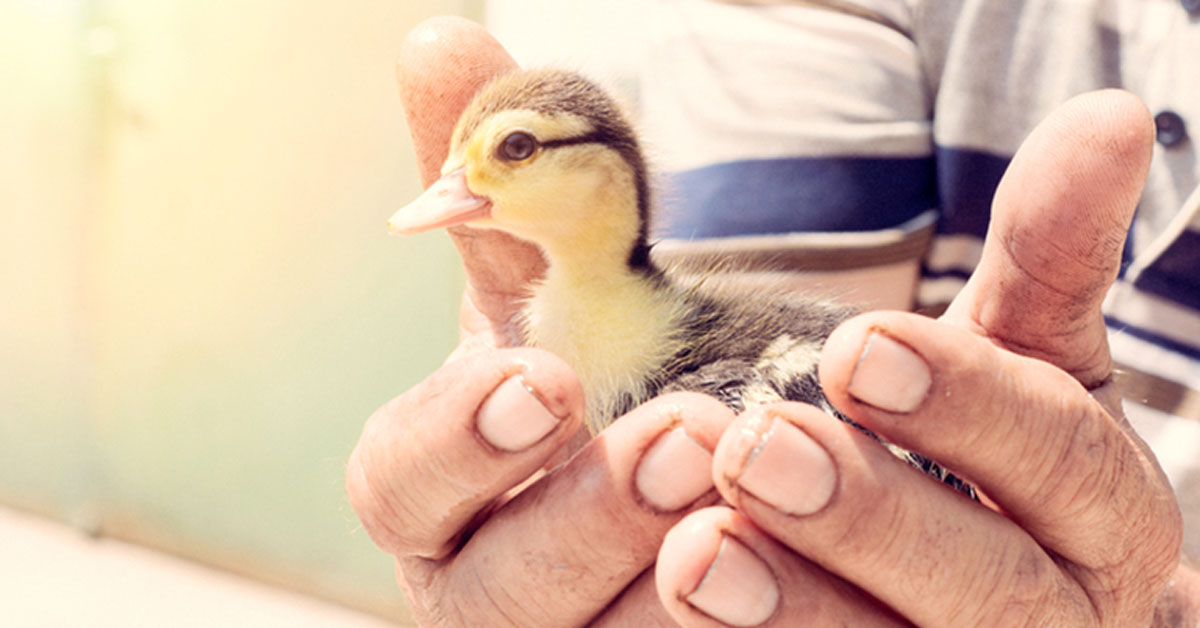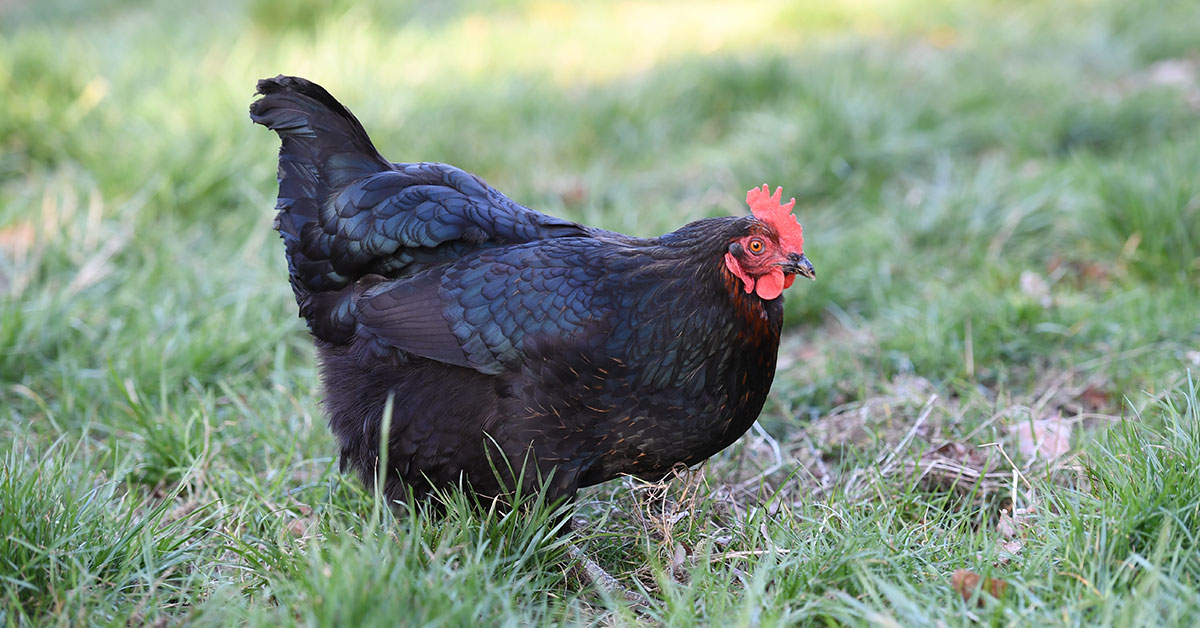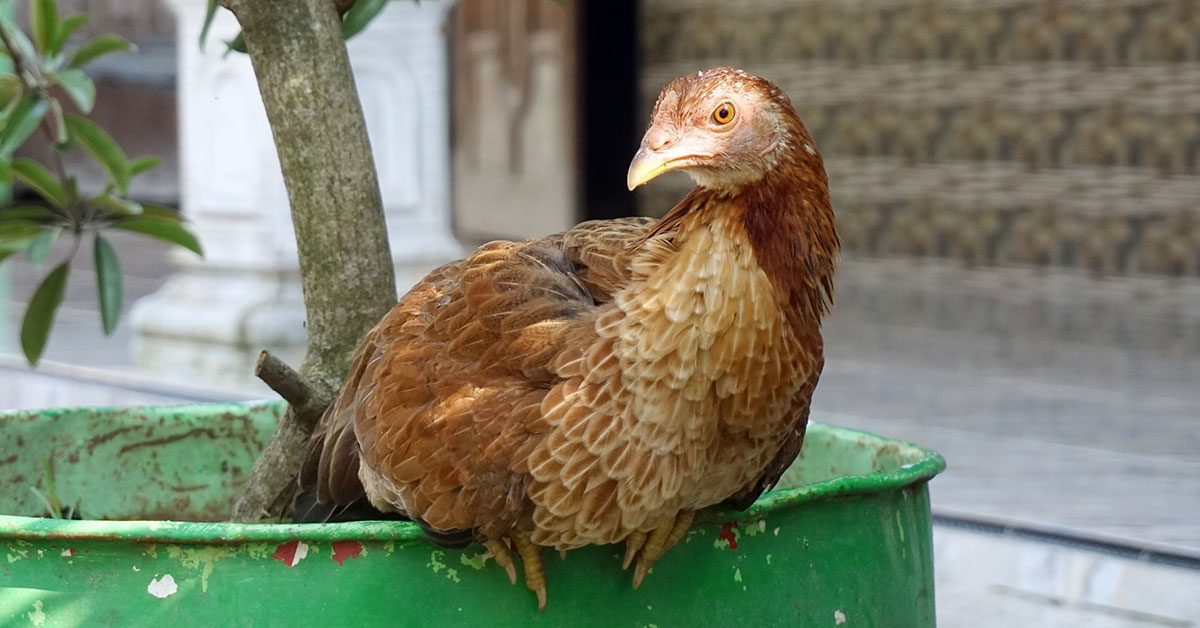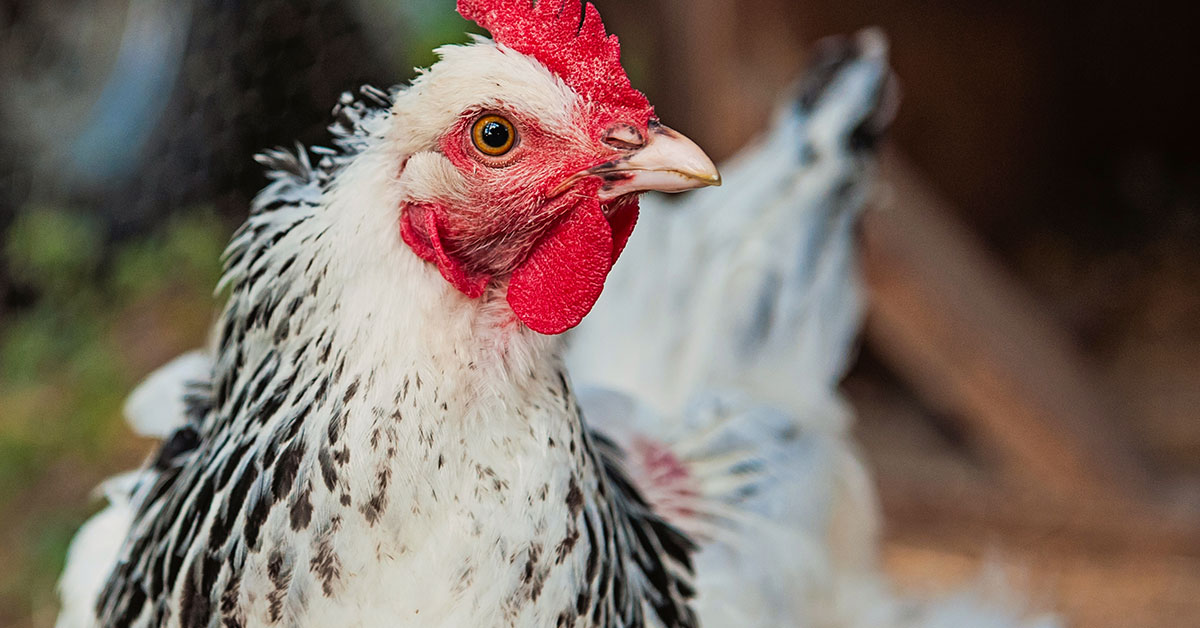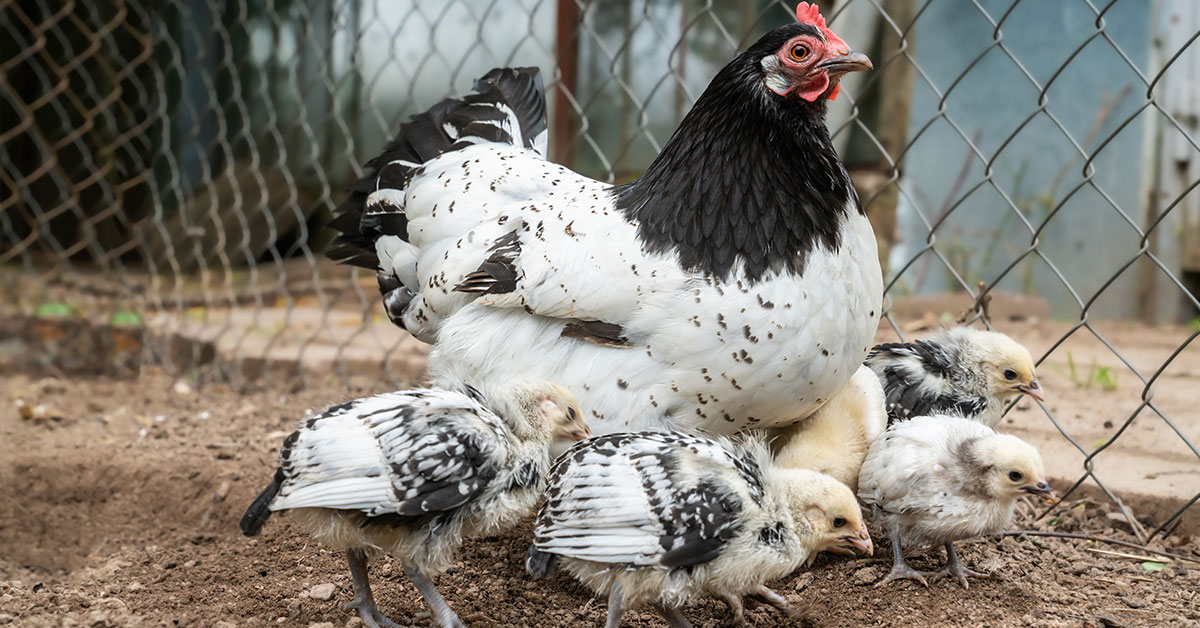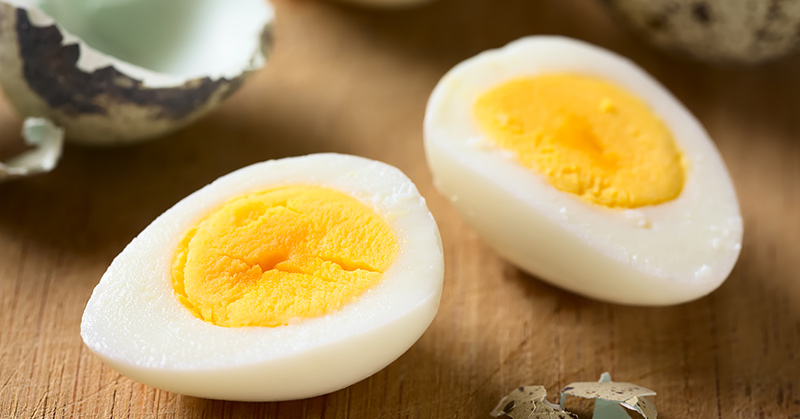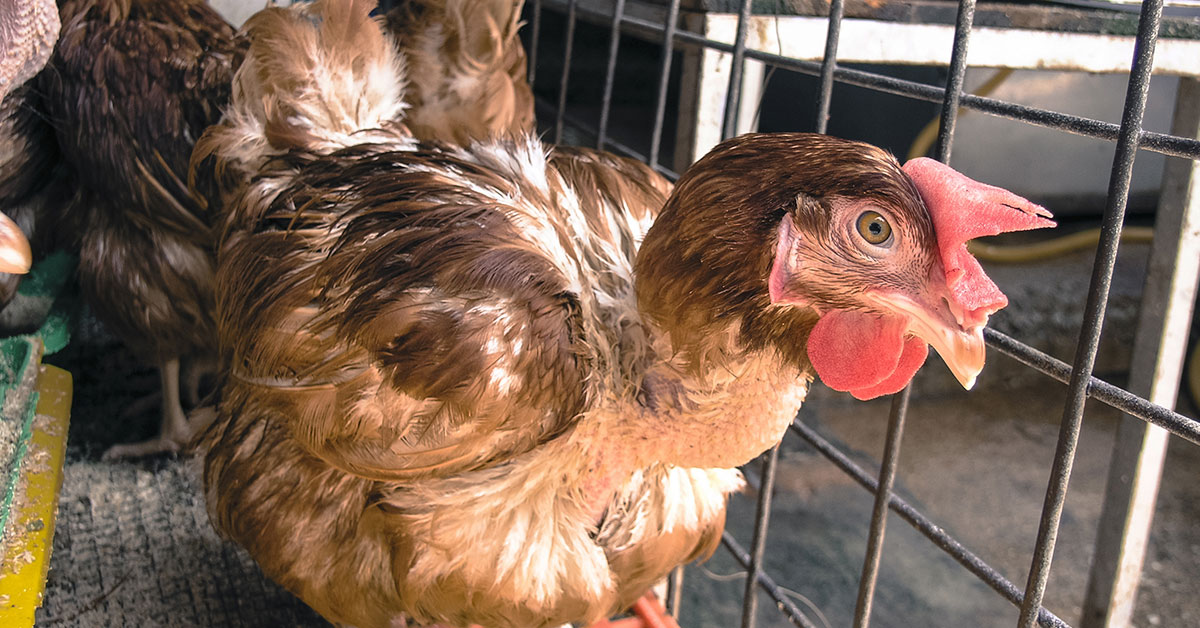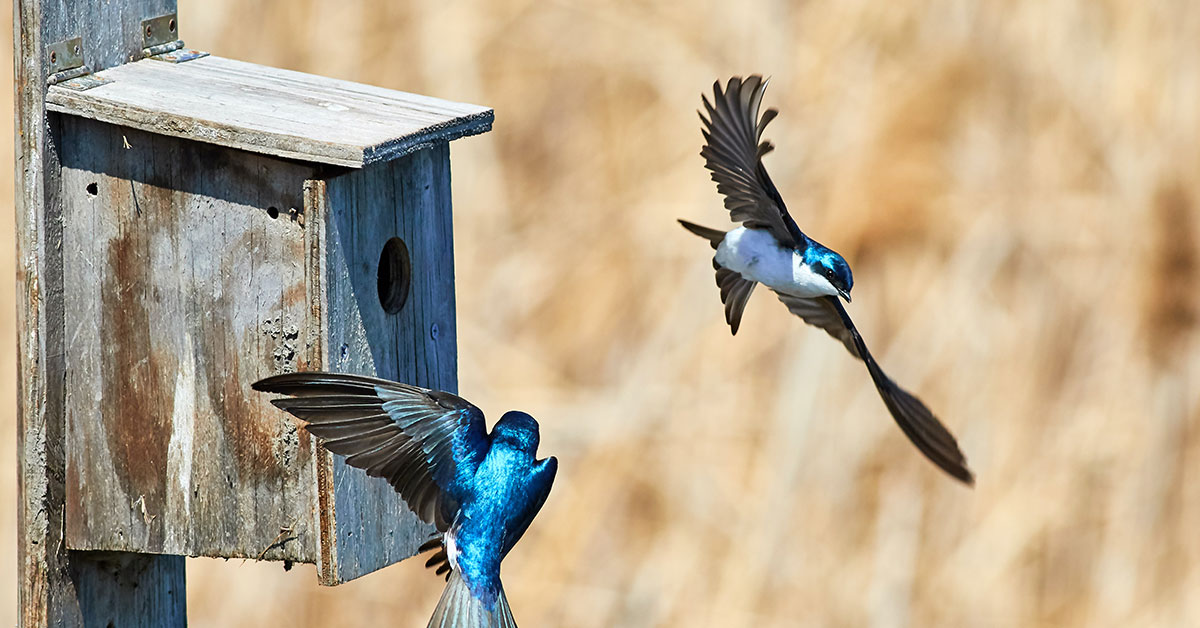Quail are becoming an increasingly popular type of poultry to keep for people who live in rural and urban places, particularly the latter. Someone living in the big city who wants fresh eggs, meat, and an overall easy to care for and discrete bird find that quail are the best of all worlds. They are small, efficient at making eggs and meat, and their calls are hard to distinguish from other wild birds, which throws nosey neighbors off the scent, so to speak. Button quail are among the types of quail being kept in captivity by hobby quail breeders. In this article, we’ll talk about incubating Button quail eggs and what’s needed for a successful hatch.
Button quail are the smallest of all the game birds, growing to only about 4 inches long when fully grown. Their chicks are the size of bumblebees when they hatch.
If you’re just getting started and need an incubator, I strongly recommend the Manna Pro Harris Farms Nurture Right Incubator. This is an incubator I personally use for hatching eggs. It has an automatic egg turner suitable for around 30 quail eggs and a full 360-degree view, which is awesome when the eggs start to hatch. If you are looking to hatch more eggs than that, the Hatching Time Cabinet Incubator is pretty much unbeatable. You can incubate as many as 216 quail eggs in this incubator.
Pros and cons of Button Quail
Before you settle on incubating Button quail, it’s important to determine whether or not Button quail are actually the type of quail you want to raise. From an agricultural use point of view, these are the pros and cons of raising Button quail:
Pros:
- Small and easy to care for
- Low feed consumption
- Relatively quiet
- Can be tamed
Cons:
- Difficult to keep in larger numbers
- Short lifespan of 18 months
- No significant agricultural uses
- Ornamental only
- Likely won’t sit on their own eggs
The biggest question I hear about Button quail is in regards to their meat and eggs. Because these gamebirds are so small, they really don’t have any meaningful agricultural use. They’re ornamental, pet, or hobby birds, not meat or egg birds. They are also very short-lived, entering into their old-age years at about 18 months old. That said, a well-cared-for Button quail can live up to 4 years.
Keep reading: Common causes of poor hatch rates
How to incubate Button Quail eggs
If you’re certain you’re ready to proceed with incubating Button quail eggs, let’s get down to incubating Button quail eggs. But first, some fast facts about incubating Button quail:
- Incubation time: 17-18 days
- Incubation temperature: 100 degrees Fahrenheit
- Relative humidity: 50 percent
- Lockdown: Day 14
- Lockdown temperature: 98.5 degrees Fahrenheit
- Lockdown humidity: 65 percent
In my experience, Button quail are the least likely to hatch on schedule. They often come a little bit earlier than expected, sometimes hatching on day 14.
First, you will need to obtain fertile Button quail eggs. My recommendation is to always try to source them locally. Shipped fertile eggs are more likely to experience internal and external damage and fail to hatch. Eggs sourced locally are much less likely to have this damage. Check local e-commerce sites like Craigslist and Facebook Marketplace to find local quail eggs.
Setting up your incubator
Incubating button quail eggs is a pretty exact science – not much room for error.Once you have your eggs, you will need to set up an incubator. The incubation temperature for Button quail eggs is 100 degrees Fahrenheit. You will need to achieve a humidity level of 50 percent as well. The incubator’s temperature and humidity will need to be stable throughout the first 14 days of incubation. If it gets too hot or too cold, the embryos may die or develop improperly. If the humidity is off for too long, your chicks may suffer a similar fate.
Once you have these two factors established and your incubator is stabilized, you can set your hatching eggs.
Setting Button Quail eggs
Before setting your eggs, take a soft lead pencil and mark an X on one side of the egg and an O on the other. Be very very gentle when marking the eggs We do this because it helps to properly turn the eggs. Button quail eggs will need to be turned a minimum of three times a day to ensure proper embryonic development. Not turning the eggs will potentially steeply reduce hatchability. If you are using an automatic egg turner (which we recommend), there’s no need to mark the eggs.
When your incubator is stabilized and you’re confident that it’s ready, you can set your eggs. If setting in an automatic egg turner, all you need to do is check a few times a day to make sure that temperature and humidity are stabilized.
Candling Button Quail eggs
Candling is an important part of incubating Button quail eggs. Partway through the incubation process, usually around day 10, you should candle your button quail eggs to ensure that each one is developing. Eggs that have not developed may be harboring dangerous bacteria. Bacteria-filled eggs, if left alone long enough, can explode, spreading infected egg material all over your incubator. This can be extraordinarily difficult to clean out of your incubator and it can spread the bacteria to all of the eggs, potentially killing everyone inside. It also tends to smell pretty bad.
It should be pretty apparent which eggs have developed and which have not. Eggs with development will be darker, and you may be able to see movement and veins inside of the egg. Eggs that did not develop will light up and appear clear.
You will also likely have eggs that started developing but quit at some point during incubation. Button quail eggs are usually white, cream-colored eggs and are very easy to candle.
If your chick is alive, at10 days you should see the embryo, a dark, mostly formless mass, rocking back and forth in the egg. You should also see a network of veins spreading outward from the embryo. The veins may also be in motion. The signs of life should be pretty clear.
If your chick has died, there will be no movement. When an embryo dies, the veins may quickly break down or settle on one side of the egg, leaving only a motionless dark mass inside of the egg. Dead embryos stop growing, which means they will often be smaller than other, live embryos that have incubated the same length of time.
If you aren’t sure, mark the egg with a soft lead pencil and candle again at a later time, maybe the next day or so. Candling is a largely imperfect science and it can sometimes be difficult to tell. A dead egg left for an extra day or two won’t likely hurt anything.
Lockdown
Lockdown is the name given to the final period of egg incubation. You’ll hear it mentioned in articles that cover incubating pretty much any poultry egg. Lockdown is when you stop turning the eggs, increase the humidity, and prepare to…wait. It is during lockdown that you will want to ensure that you have the food and housing necessary to raise your baby Button quail.
For Button quail, lockdown starts on day 14 of incubation. During lockdown, you will need to increase the humidity. Your new incubator settings are:
- Temperature: 98.5 degrees Fahrenheit
- Humidity: 65 percent
Increasing the humidity is essential to a healthy hatch. Ensure that your humidity levels are right around 75% before proceeding with the lockdown. If the humidity is too low, your chicks may not be able to hatch. If it’s too high, they may have excess fluid inside their eggs and drown in it when they begin breathing.
Once your humidity is stable, remove your eggs from the automatic egg turner (if you are using one.) Otherwise, simply stop turning the eggs.
Between the 14th and 16th day, your chicks will internally pip. This is the process where your chick will penetrate the air cell of the egg and begin breathing. Between the 16th and the 17th day, your quail chicks will likely externally pip, where they crack the outside of the shell and begin breathing outside air.
During this period, the chick will begin absorbing the remaining yolk inside of the egg into their bodies. Chicks will survive on this yolk for a day or so after hatching, at which point they begin to eat and drink.
The general rule of thumb is once you see a pip in the shell, which may appear like a crack or a bump, your chick should hatch within a day or two. As it prepares to hatch from the egg, it will slowly rotate, breaking the eggshell in a process called unzipping. This is the final stage of hatching. Once they have begun to unzip themselves, hatching is imminent. This part can be difficult for excited quail hatchers. It can be slow, but don’t interfere.
Note: If you get impatient and try to help a chick hatch, you may accidentally kill it. If the yolk isn’t fully absorbed and you pull the chick from the shell, this radically increases the odds that the chick will not survive.
The period of time from pip to zip can vary pretty widely. In my experience, once you see an external pip, the chick will fully hatch within 24 hours. The eggs may not all hatch at once. Or they might. It really depends on a number of factors that are nearly impossible to account for. I’ve had hatches where every single egg hatches at the exact same time and some where chicks hatch a few days late. You just have to be patient.
The important thing is to be patient and not mess with the eggs. Hatching eggs can be taxing if you’re emotionally invested. Some eggs won’t pip and hatch. Some will internally pip but not externally pip. Some will externally pip but never unzip. Some will unzip but won’t be able to push out of their shell. Some will hatch and then die.
If you think a chick is struggling to hatch, don’t intervene. It sounds callous, but if a chick can’t hatch on its own, it means it wasn’t strong enough to do so. Some chicks are also slow hatchers. Intervening too early can kill them. Let nature take its course.
If you help a chick that can’t hatch on its own, any offspring they have may also be predisposed to having difficulty hatching. This is something to consider if you plan to continue breeding that line of quail.
Common button quail egg incubation problems
If you’ve gone through the process of incubating button quail eggs and didn’t get many – or any – quail, I understand that can be a difficult thing to experience. You’ve been incubating your eggs for weeks and have little to show for it. Now we troubleshoot. What are the more common causes of poor hatch rates?
- Setting old eggs
- Eggs with low fertility
- Improper turning
- Improper handling
- Uneven incubator temperature
- Uneven incubator humidity
- Nutritional deficiencies with the breeding stock (remember when I suggested meeting the birds?)
- Contaminated incubator
Other incubation guides:
- How To Incubate Chicken Eggs
- How To Incubate Coturnix Quail Eggs
- How To Incubate Bobwhite Quail Eggs
- How To Incubate Duck Eggs
- How To Incubate Turkey Eggs
- How To Incubate Goose Eggs
- How To Incubate Chukar Eggs
